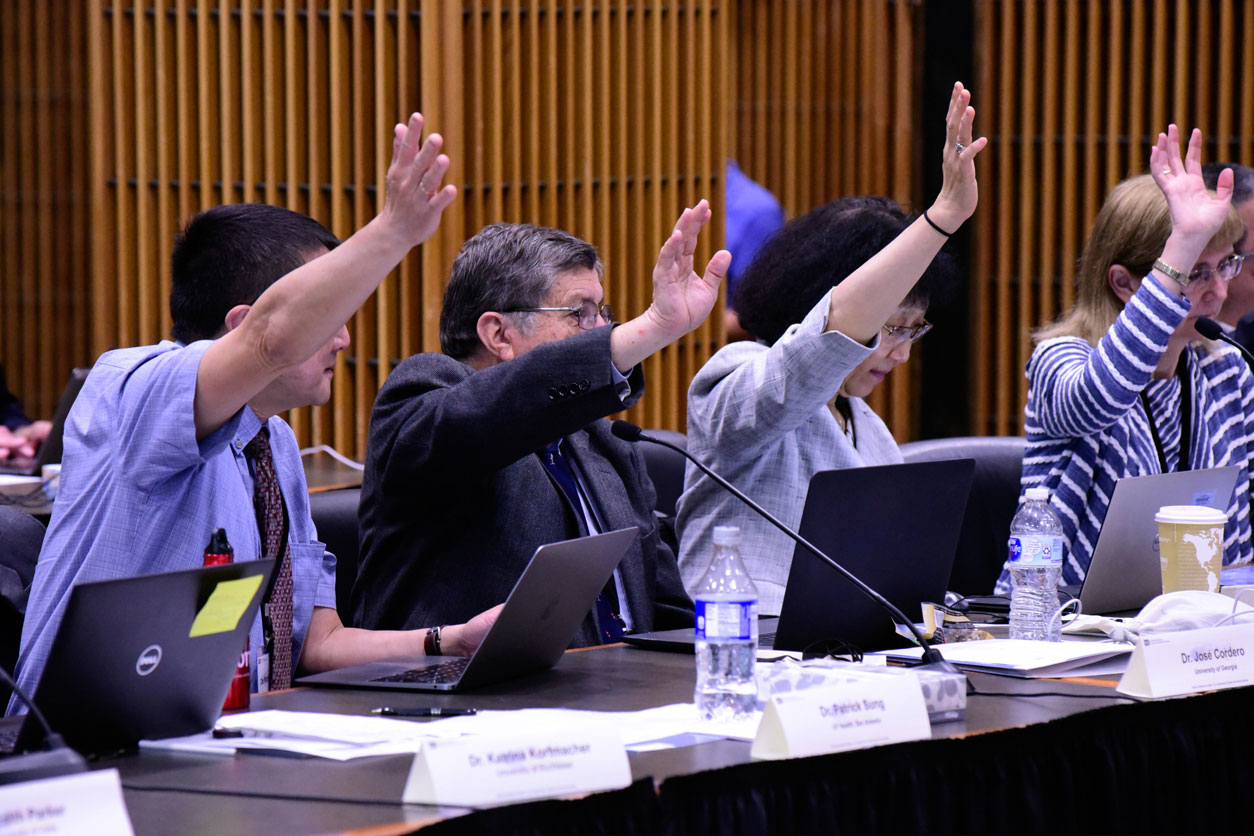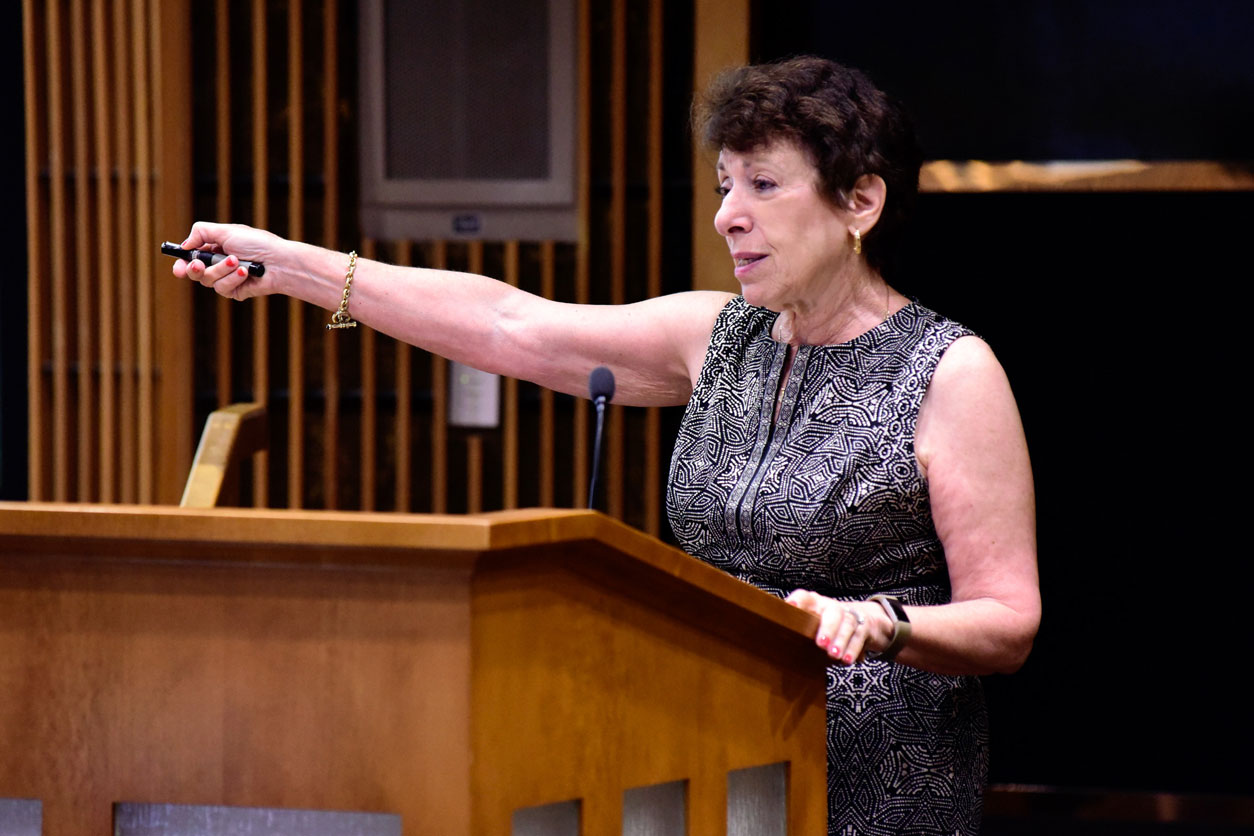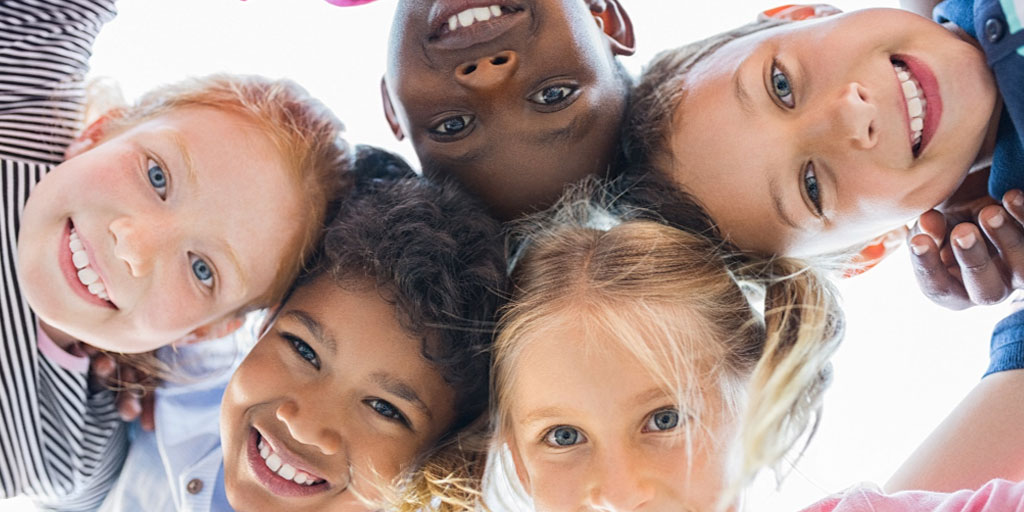NIEHS will refocus support provided by its children’s environmental health (CEH) research centers by putting a new emphasis on communicating research results and sharing environmental health information.
At its June 4-5 meeting, the National Advisory Environmental Health Sciences Council, the main NIEHS advisory board, gave the go-ahead to an important new program that will establish a network of CEH Research Translation Centers.
“Because we’ve had such great success with our significant and long-standing support of research on children’s environmental health, we thought it was time to develop a Centers program that could mobilize the knowledge we’ve gained and move the science from the shelf into the real world. We want to have impacts that can improve children’s health,” said Kimberly Gray, Ph.D., from the Division of Extramural Research (DERT), who presented the concept titled, “A Translational Lens for Children’s Environmental Health: A New Vision for 2020.
 Gray said there were 1,150 CEH research projects in the past decade, including 335 in 2018 alone, that provided a solid scientific foundation for the translation centers. (Photo courtesy of Steve McCaw)
Gray said there were 1,150 CEH research projects in the past decade, including 335 in 2018 alone, that provided a solid scientific foundation for the translation centers. (Photo courtesy of Steve McCaw)Rich legacy continues
The translation centers will build upon the rich legacy of scientific knowledge accumulated over more than 20 years of the institute’s CEH research, which continues to be a top priority.
Over the past 10 years, NIEHS has invested more than $1 billion in CEH research, including $100 million awarded in grants in fiscal year 2018. About $5 million of that annual investment went to the Centers program.
The changing landscape presented an opportunity to explore a new approach so that existing scientific knowledge will more directly enhance the lives and health of children in the United States and globally.
 The four concepts were approved by unanimous council votes, including these by, from left, Patrick Sung, D.Phil., from the University of Texas Health Science Center at San Antonio; Jose Cordero, M.D., from the University of Georgia; Shuk-Mei Ho, Ph.D., from the University of Arkansas; and Susan Schantz, Ph.D., from the University of Illinois at Urbana-Champaign. (Photo courtesy of Steve McCaw)
The four concepts were approved by unanimous council votes, including these by, from left, Patrick Sung, D.Phil., from the University of Texas Health Science Center at San Antonio; Jose Cordero, M.D., from the University of Georgia; Shuk-Mei Ho, Ph.D., from the University of Arkansas; and Susan Schantz, Ph.D., from the University of Illinois at Urbana-Champaign. (Photo courtesy of Steve McCaw)Moving research into health care and communities
NIEHS and National Toxicology Program Director Linda Birnbaum, Ph.D., said she heard a lot of support for the translation centers idea. “In the past year, we’ve spent $95 million on children’s environment health research in basic science, epidemiology, and so on,” she noted.
“This is moving into a different aspect of children’s environmental health, and I’m very excited about it,” Birnbaum continued. “It’s an opportunity for us to make good use of the millions we have spent in research over the years and really move it out into the field.”
 Birnbaum pointed out many CEH projects currently in progress, including the Environmental Children’s Health Outcomes consortium with NIEHS grantees. (Photo courtesy of Steve McCaw)
Birnbaum pointed out many CEH projects currently in progress, including the Environmental Children’s Health Outcomes consortium with NIEHS grantees. (Photo courtesy of Steve McCaw)Feedback from the council members was uniformly positive and enthusiastic. Discussion touched on the need for educating medical students in environmental health and working to communicate CEH messages to industry, as well as community groups and consumers.
“The program is another example of the creativity and leadership of NIEHS,” said council member Edith Parker, Dr. P.H., from the University of Iowa. “It presents a model not only for NIEHS grantees but potentially all NIH [National Institutes of Health] grantees to address the challenge of translating research by providing resources and emphasis.
Lynn Goldman, M.D., from George Washington University, recommended flexibility in the grant application process. “It’s very important to provide the applicants with the ability to customize their approaches around what they know about their own communities,” she observed.
 Parker asked for more information about the target audience for the CEH translation centers, suggesting the program explicitly describe them. (Photo courtesy of Steve McCaw)
Parker asked for more information about the target audience for the CEH translation centers, suggesting the program explicitly describe them. (Photo courtesy of Steve McCaw)Closer look at centers
The new centers will develop and test strategies for communicating CEH information through regional support for individual scientists, health care professionals, and local communities.
Centers could develop strategies such as short courses for medical professionals, social media tools to share important research results, ways to report personalized data on individual environmental exposures, and other risk communication methods.
Each center will be managed and directed by two program directors — an established CEH scientist and a health communication researcher. Three basic elements will be part of each center.
- Administrative component — Manage existing knowledge and recruit multidisciplinary expertise.
- Developmental component — Foster and manage pilot projects, and test or evaluate communication and messaging strategies.
- Translational component — Focus on curriculum development, messaging, and dissemination efforts. Develop and implement dissemination strategies for target audiences.
NIEHS committed $5 million to fund up to 5 awards later this year.
(Ernie Hood is a contract writer for the NIEHS Office of Communications and Public Liaison.)
Source link
factor.niehs.nih.gov

